The concept of Level of Detail (LOD) has long been a cornerstone in computer graphics, gaming, and 3D modeling. However, its application in low-end hardware or "low-spec" devices has gained significant traction in recent years. As the demand for accessible technology grows, developers and engineers are increasingly focusing on optimizing performance without compromising user experience. This shift has led to innovative approaches in LOD implementation, particularly for devices with limited processing power, memory, or graphical capabilities.
Low-spec devices, often found in emerging markets or budget-conscious consumer segments, struggle to handle high-polygon models, complex shaders, or real-time rendering at high resolutions. Traditional LOD techniques, while effective, sometimes fall short when applied to these constrained environments. The challenge lies in maintaining visual fidelity while ensuring smooth performance. This has prompted a reevaluation of how LOD systems are designed, with a greater emphasis on adaptive scaling, dynamic resource allocation, and clever optimization tricks that go beyond simple mesh simplification.
One of the most critical aspects of LOD for low-end devices is the balance between asset quality and performance. High-quality assets are typically created with multiple LOD levels, each progressively simpler than the last. For low-spec hardware, the lowest LOD levels must be carefully crafted to retain the object's recognizability while drastically reducing geometric complexity. This often involves manual optimization by artists rather than relying solely on automated processes, as algorithms might remove visually important features that contribute to the object's identity.
The rendering pipeline for low-spec LOD implementations often requires unconventional approaches. Traditional methods might use screen-space metrics to determine which LOD level to display, but on low-power devices, even this calculation can be too costly. Alternative solutions include fixed LOD levels based on predetermined camera distances or even device profiling - where the application selects an appropriate LOD strategy during initial setup based on the device's capabilities. These approaches trade some dynamic adaptability for consistent performance, which is often preferable on hardware where sudden frame rate drops are more noticeable than slightly less optimal LOD transitions.
Memory management becomes paramount when dealing with LOD on low-end devices. High-resolution textures and complex models can quickly exhaust the limited RAM available on these systems. Progressive loading and unloading of LOD assets, combined with aggressive texture compression techniques, help maintain performance within memory constraints. Some implementations even employ runtime texture downscaling or channel compression to further reduce memory footprint without requiring multiple pre-generated texture LODs.
The CPU bottleneck present in many low-spec devices presents another unique challenge for LOD systems. While modern gaming PCs and consoles can handle complex LOD calculations on dedicated threads, low-power mobile processors or integrated graphics solutions often struggle with this overhead. Solutions to this problem include simplified LOD selection algorithms, pre-computed LOD hierarchies, and even offline determination of LOD levels for static environments. The reduction in CPU overhead often justifies the small increase in storage space needed for these pre-processed solutions.
Shader complexity represents another frontier in low-spec LOD optimization. Modern materials often rely on complex shader graphs with multiple texture samples and mathematical operations. For low-end devices, shader LOD becomes as important as geometric LOD. This might involve automatically generating simplified shader variants or implementing material LOD systems that reduce or eliminate expensive operations like parallax mapping, tessellation, or even normal mapping in the lowest quality settings. The art lies in determining which visual effects contribute most to recognition and preserving those while sacrificing less critical details.
Network conditions further complicate LOD implementations for low-spec devices in multiplayer or streaming scenarios. When bandwidth is limited, the traditional approach of downloading higher LOD assets as needed becomes problematic. Some developers have experimented with procedural LOD systems that can reconstruct reasonable approximations of high-detail models from minimal data, or predictive loading systems that attempt to anticipate which LOD levels will be needed based on player movement patterns. These techniques help maintain visual quality without overwhelming limited network connections.
The user interface presents unique LOD challenges on low-spec devices. While UI elements are typically simple geometrically, they often rely on real-time compositing of multiple layers, transparency effects, and animation - all of which can strain weak GPUs. UI LOD systems might disable certain visual flourishes, reduce animation frame rates, or simplify shaders for interface elements when performance drops below a certain threshold. The key is maintaining usability and readability while sacrificing only cosmetic features.
Looking forward, the importance of low-spec LOD techniques will only grow as technology becomes more accessible globally. The next billion users coming online will primarily do so through affordable, low-power devices rather than high-end gaming rigs. This demographic shift is already influencing how major engines and tools approach LOD generation and implementation. Future advancements may include more sophisticated machine learning techniques for automatic LOD creation, better tools for artist-controlled LOD authoring, and tighter integration between LOD systems and other optimization techniques like occlusion culling and frustum culling.
The evolution of LOD for low-spec devices represents more than just technical optimization - it's about accessibility and inclusion in digital experiences. By developing robust LOD strategies that cater to hardware limitations, developers can ensure their creations are enjoyable by the widest possible audience. This philosophy extends beyond games to all forms of interactive 3D content, from educational applications to virtual showrooms. As the industry continues to innovate in this space, we can expect low-spec LOD to become not just a necessity, but an art form in its own right.

By /Aug 15, 2025

By /Aug 15, 2025

By /Aug 15, 2025

By /Aug 15, 2025
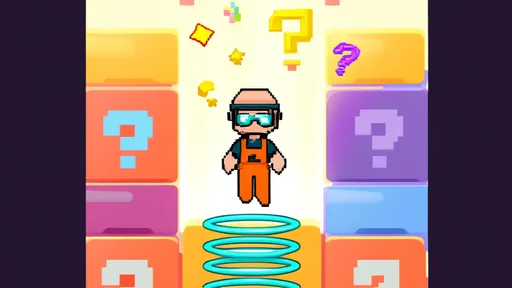
By /Aug 15, 2025
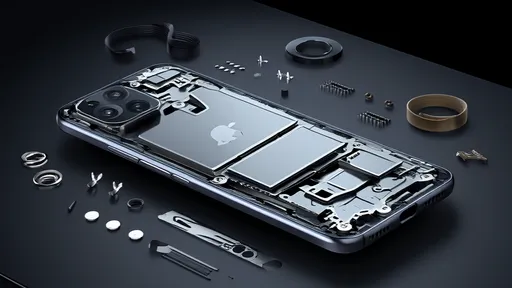
By /Aug 15, 2025
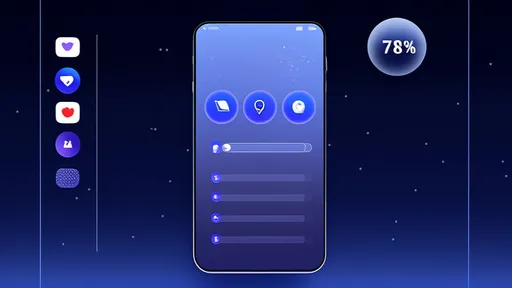
By /Aug 15, 2025
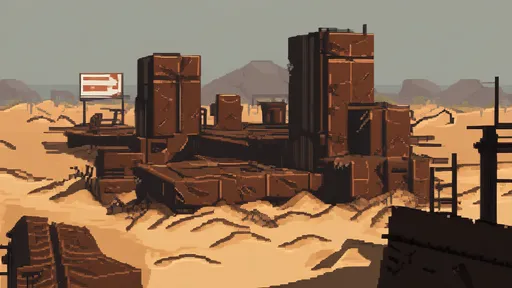
By /Aug 15, 2025

By /Aug 15, 2025
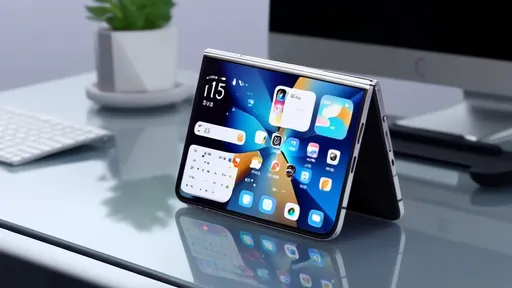
By /Aug 15, 2025

By /Aug 15, 2025
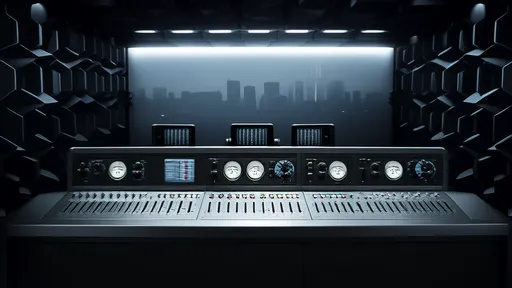
By /Aug 15, 2025

By /Aug 15, 2025

By /Aug 15, 2025

By /Aug 15, 2025

By /Aug 15, 2025

By /Aug 15, 2025
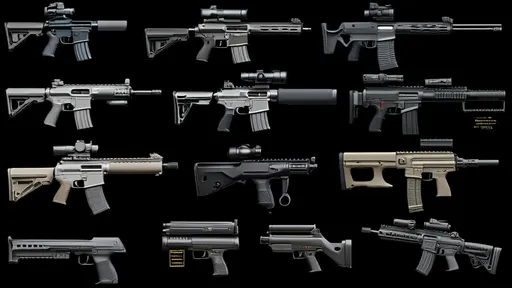
By /Aug 15, 2025

By /Aug 15, 2025
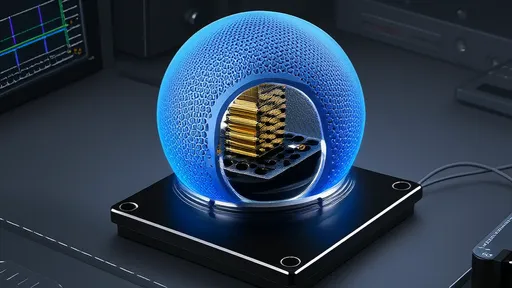
By /Aug 15, 2025